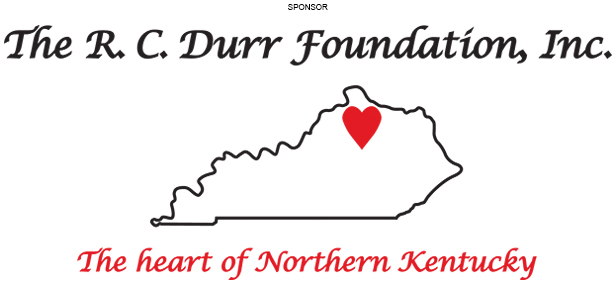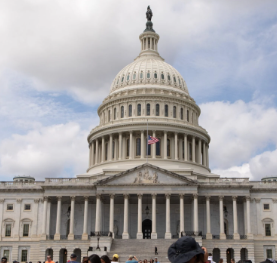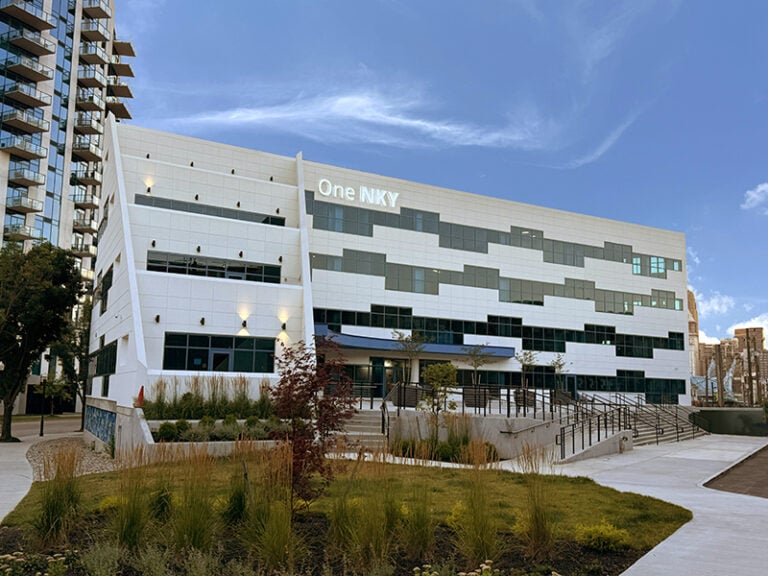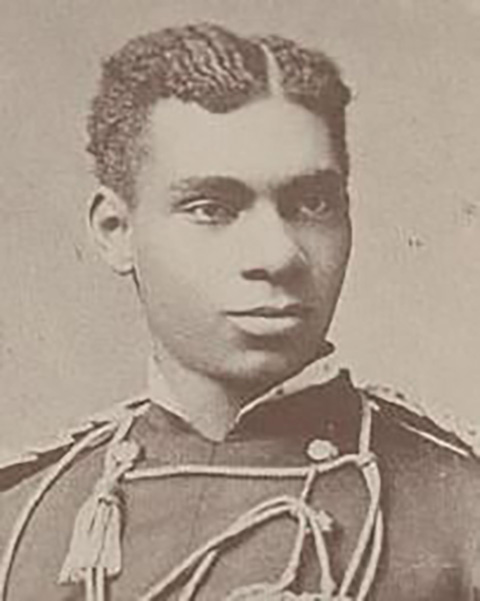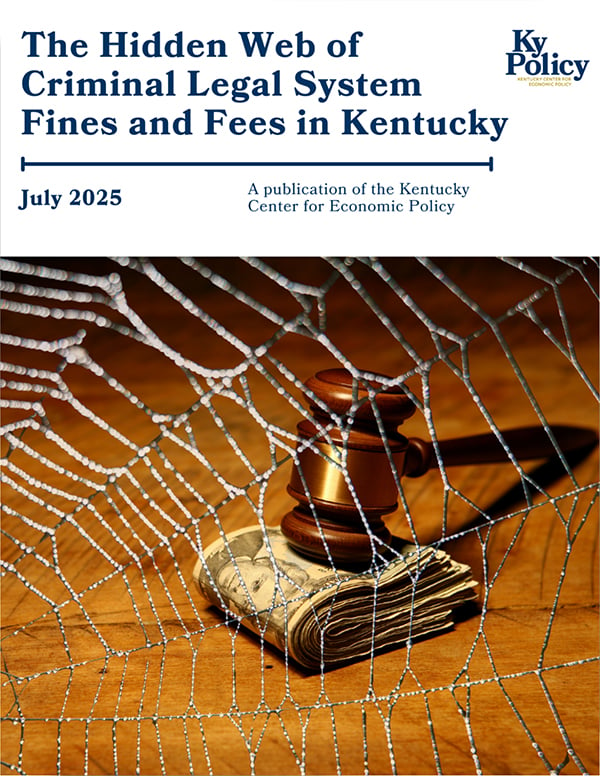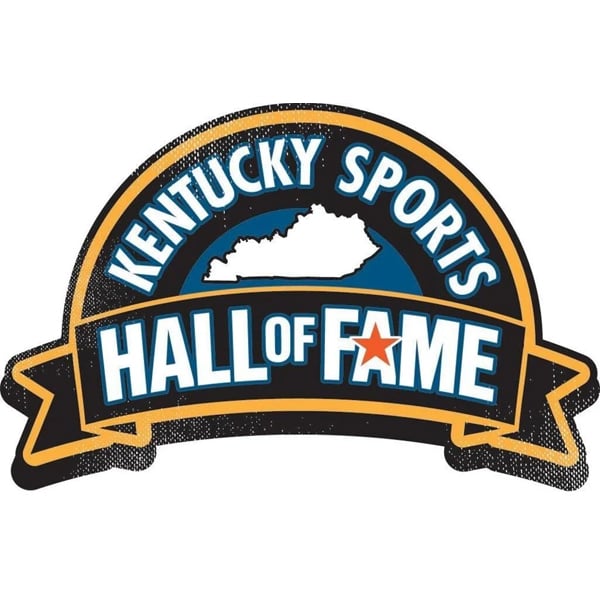By Steve Preston
Special to NKyTribune
Imagine sitting on your porch on a pleasant summer evening in Cincinnati. You’re sipping your favorite beverage and listening to the noisy flocks of parrots settling into the trees for the night. Sound crazy? It wasn’t to the residents of the area in the 1800s.
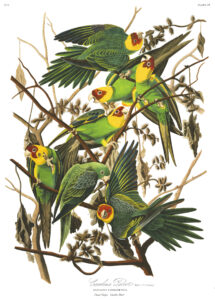
One would think the temperate climate of Cincinnati would preclude tropical life from flourishing in Southwest Ohio. But Carolina Parakeets were hardy and would spend their summers in the Midwest. Carolina Parakeets were known as a “neotropical parrot.” These dove-sized birds were North America’s only native parrot, sporting a bright plumage of vibrant green, with a yellow and orange head.
The Carolina Parrot ranged from New York and the Midwest, through the Plains, and south to Texas. These extremely social birds adapted to their surroundings readily. Their preference, however, was unbroken old growth forests of sycamores. The banks of the Ohio River below the city of Cincinnati were lined with sycamore trees, where the raucous birds would congregate and feed on sycamore seeds.
An 1819 visitor to Cincinnati observed that “ . . . the fruit of the sycamore is the favourite [sic] fruit of the paroquet [sic], and large flocks of these gaily plumed birds constantly enliven the gloomy forests.”
As early as 1792, accounts by Cincinnati residents recall large flocks of these noisy birds feeding in Hamilton County. An early pioneer observed “ . . . flocks of parroquets were seen, decked in their rich plumage of green and gold.” Another traveler, in 1804, observed the Carolina Parakeet along the Great Miami River as far north as Piqua, Ohio.

In The Mill Creek, An Unnatural History of an Urban Stream, Stanley Hedeen records Edward Mansfield observing the Carolina Parakeet in 1819 “at Ludlow station in great flocks.” The dense Mill Creek Valley also proved a perfect haven for the gregarious flocks of parakeets.
Oddly, another favorite food source for the Carolina Parakeet was the seeds of cockle burrs. Poisonous to most animals, it was consumed by the parakeets with no ill effects. As a result, farmers in Southwest Ohio had a love/hate relationship with the Carolina Parakeet as it ate the pesky cockle-burrs but also fruits in the field. Because of their consumption of cockle-burr seeds, many scientists today believe that the Carolina Parakeet was, in fact, poisonous to eat.
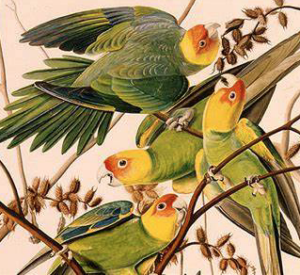
As the 1800s progressed, so did the deforestation of Southwest Ohio. The large, dense forests were no more. Soon also the Carolina Parakeet disappeared. The loss of the dense forests full of sycamores sounded the death-knell for the Carolina Parakeet, not only in Ohio but across its whole range. The last recorded sighting of a flock in Ohio was in 1862, when a flock flew over the capitol of Columbus. Hunting also played a role in the extirpation of the species. The vibrant green feathers were quite popular in fashion as an accent piece.
As the 1900s began, over 80% of Ohio’s forestland was gone. The last-known Carolina Parakeet passed away in captivity at the Cincinnati Zoo in 1918. Ironically, Incas — the last surviving Carolina Parakeet — died in the same cage that had housed Martha, the last Passenger Pigeon, at the time of her death at the zoo in 1914.
Steve Preston is Executive Director of the Heritage Village Museum in Sharonville, Ohio. He received his MA in Public History from Northern Kentucky University.
Paul A. Tenkotte, PhD is Editor of the “Our Rich History” weekly series and Professor of History and Gender Studies at Northern Kentucky University (NKU). He also serves as Director of the ORVILLE Project (Ohio River Valley Innovation Library and Learning Enrichment), as well as Editor of the forthcoming ORVIE (Ohio River Valley Innovation Explorer), premiering in Summer 2024. ORVIE is now recruiting authors for entries on all aspects of innovation in the Ohio River Watershed including: Cincinnati (OH) and Northern Kentucky; Ashland, Lexington, Louisville, Maysville, Owensboro and Paducah (KY); Columbus, Dayton, Marietta, Portsmouth, and Steubenville (OH); Evansville, Madison and Indianapolis (IN), Pittsburgh (PA), Charleston, Huntington, Parkersburg, and Wheeling (WV), Cairo (IL), and Chattanooga, Knoxville, and Nashville (TN). If you would like to be involved in ORVILLE or ORVIE, please contact Paul Tenkotte at tenkottep@nku.edu.



